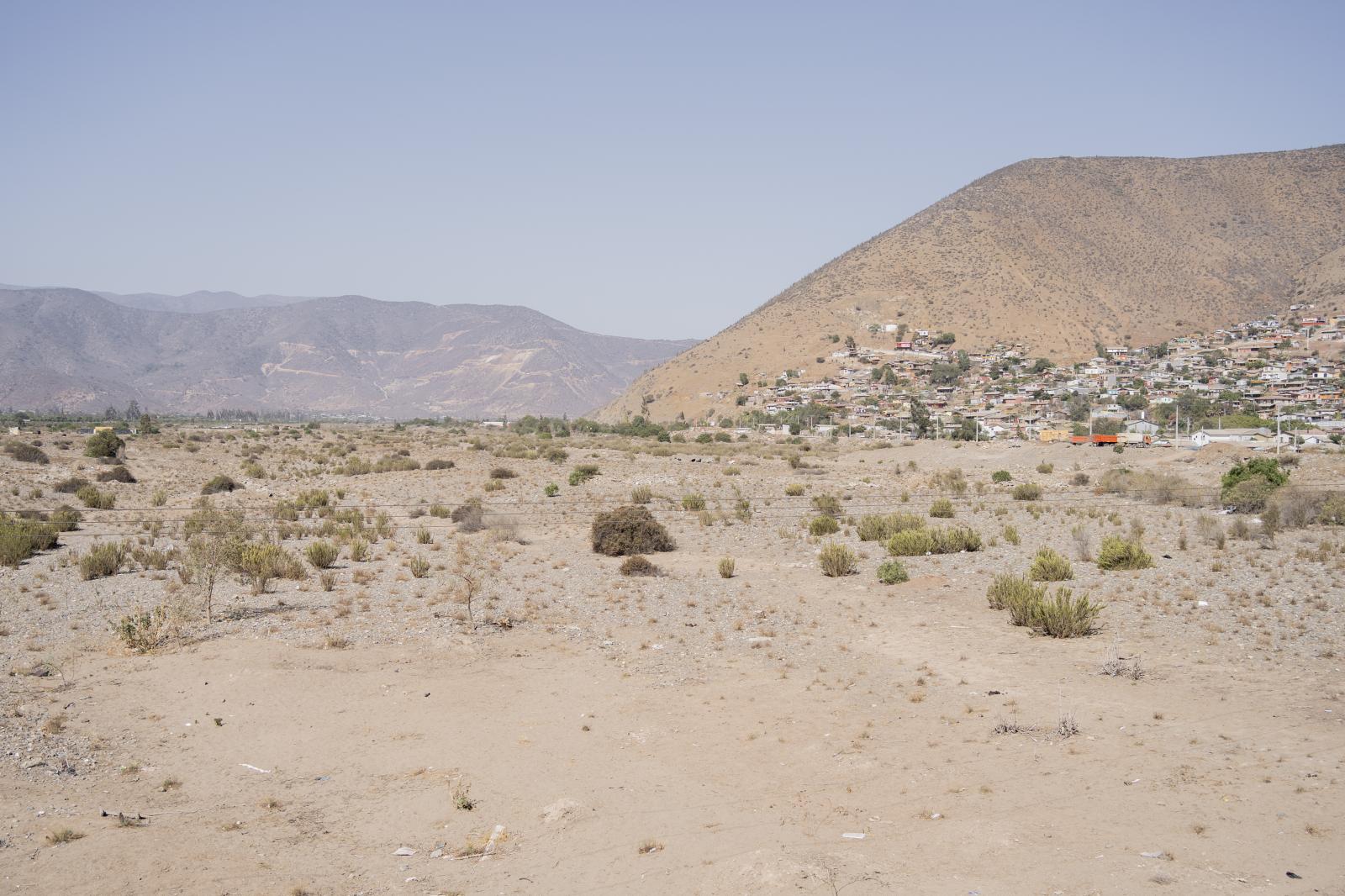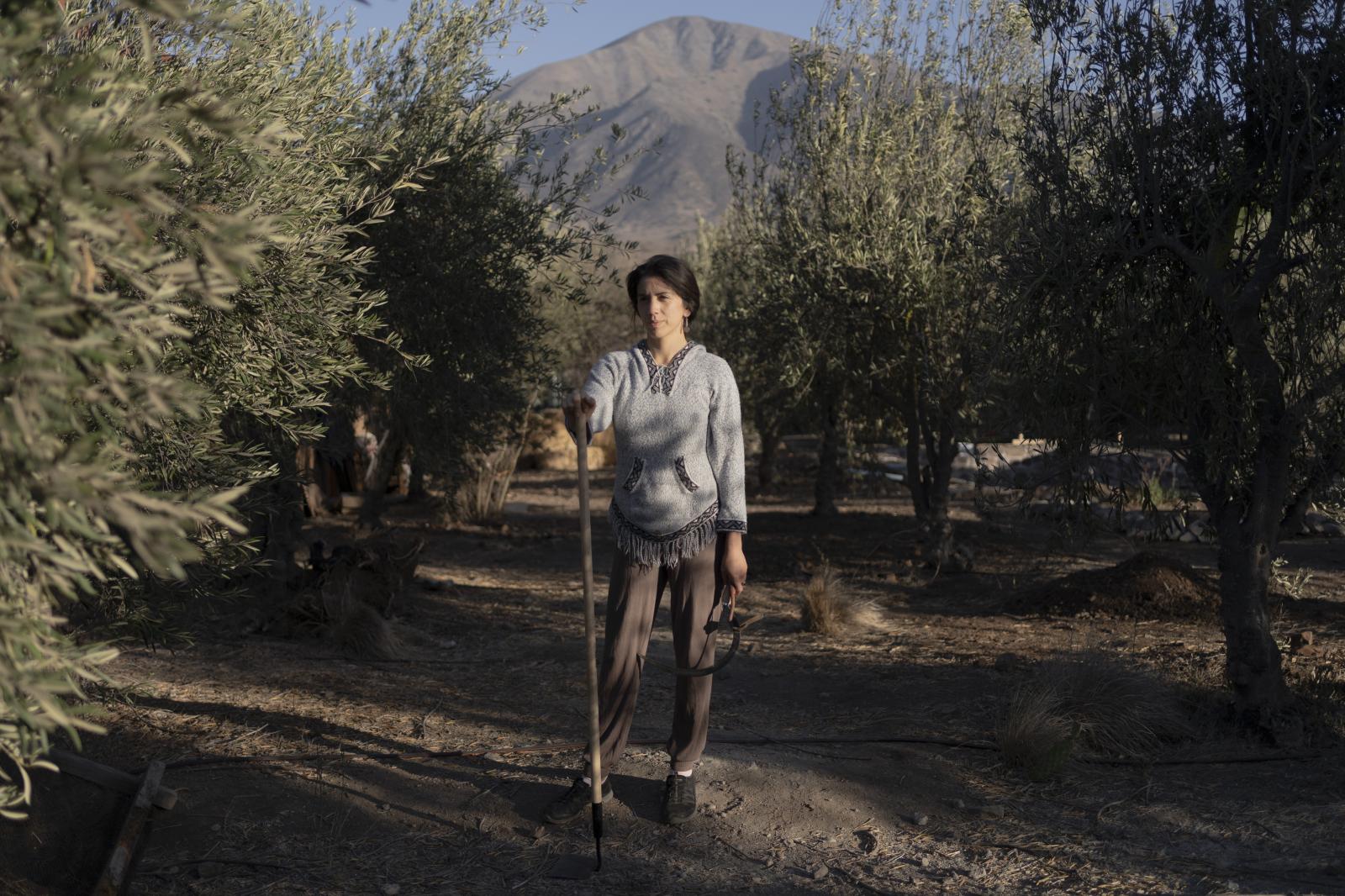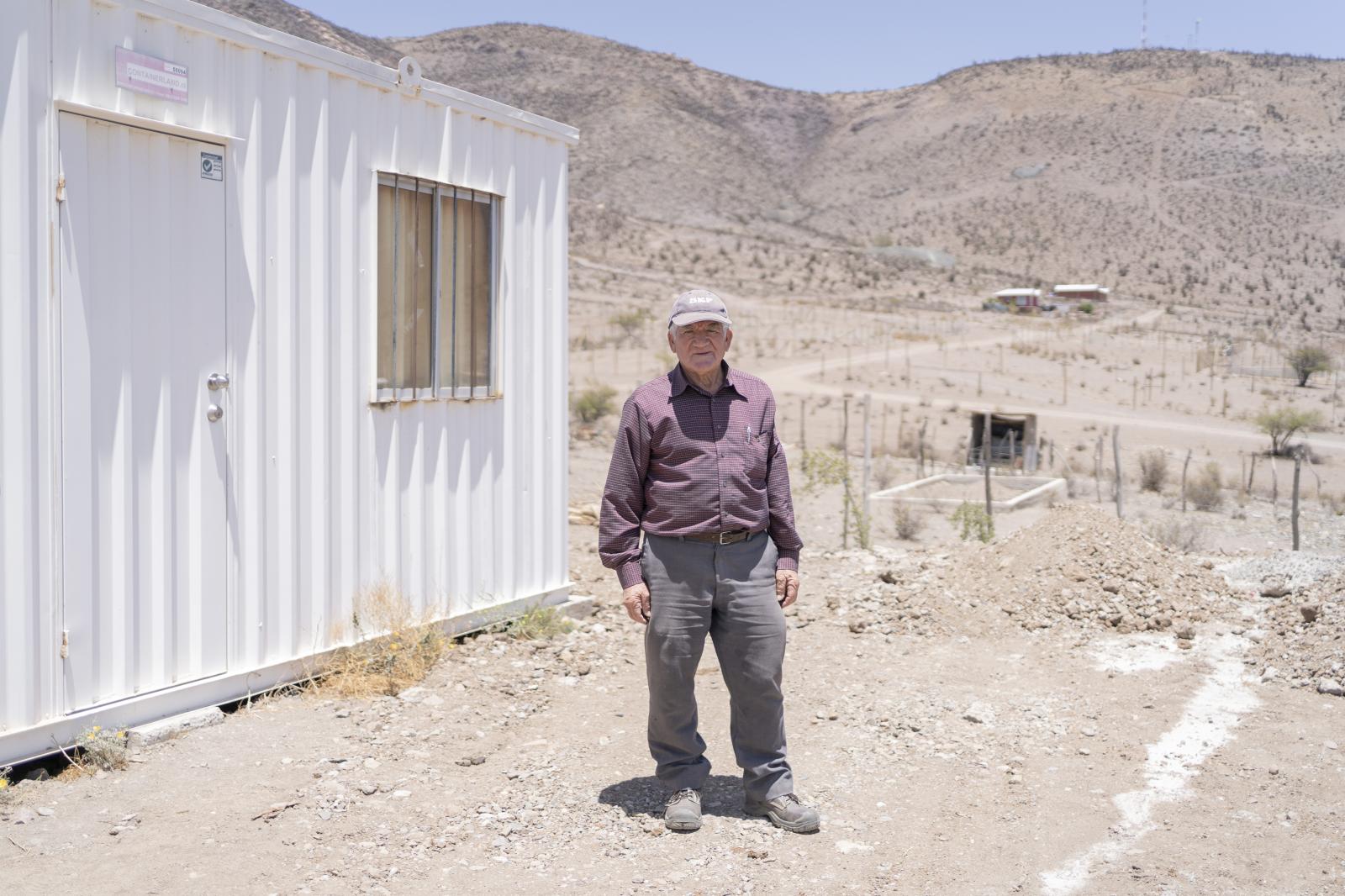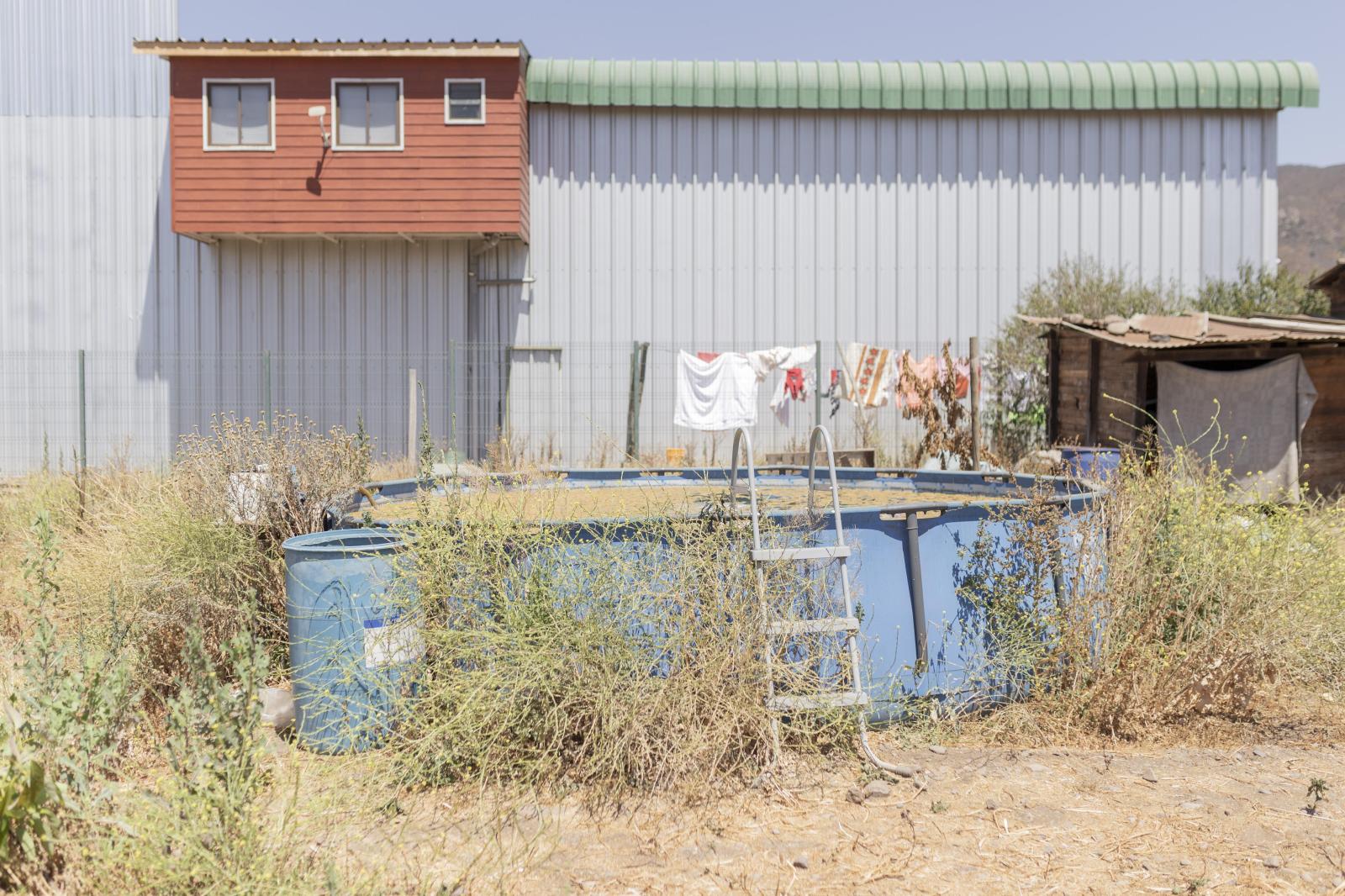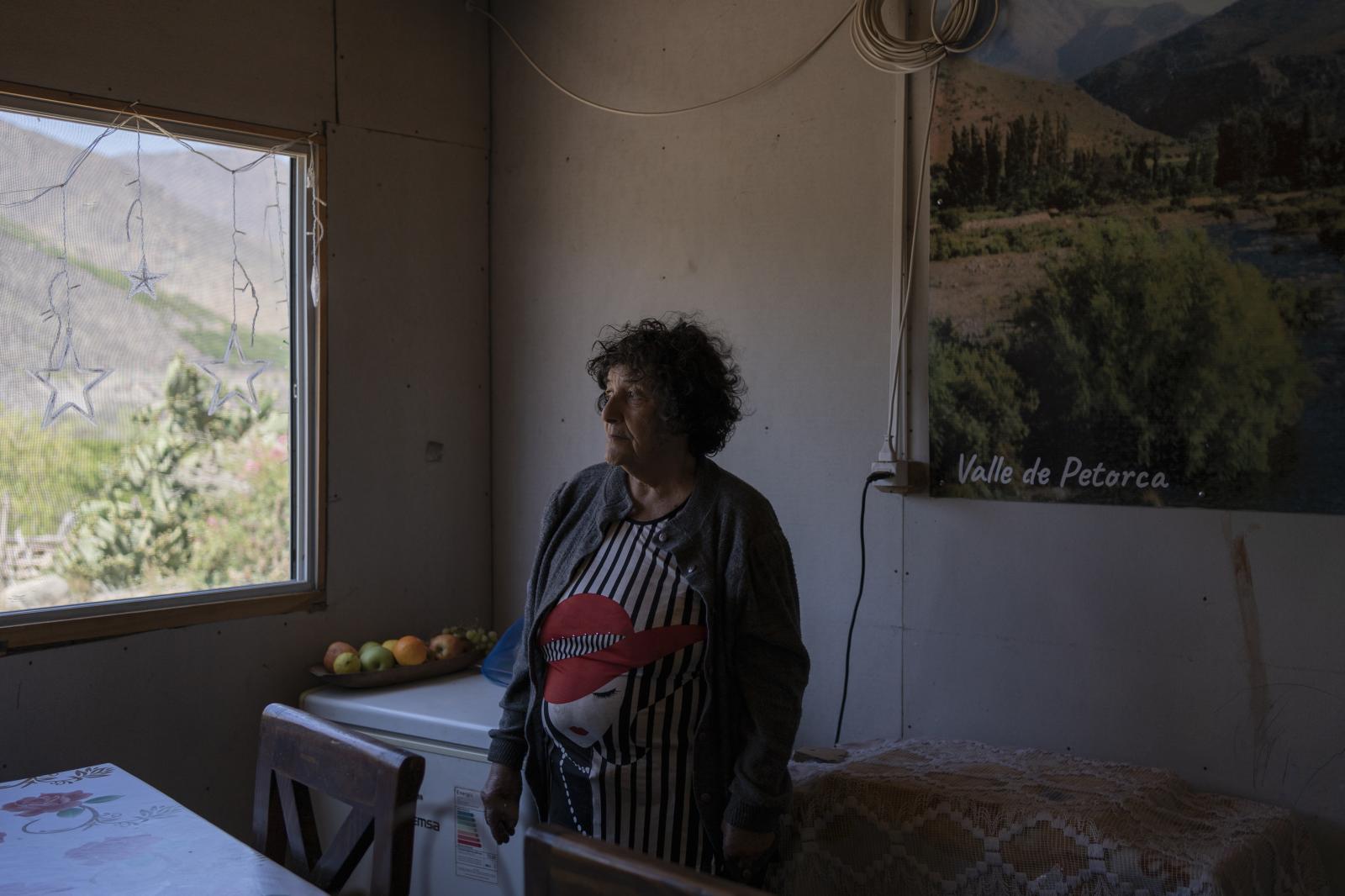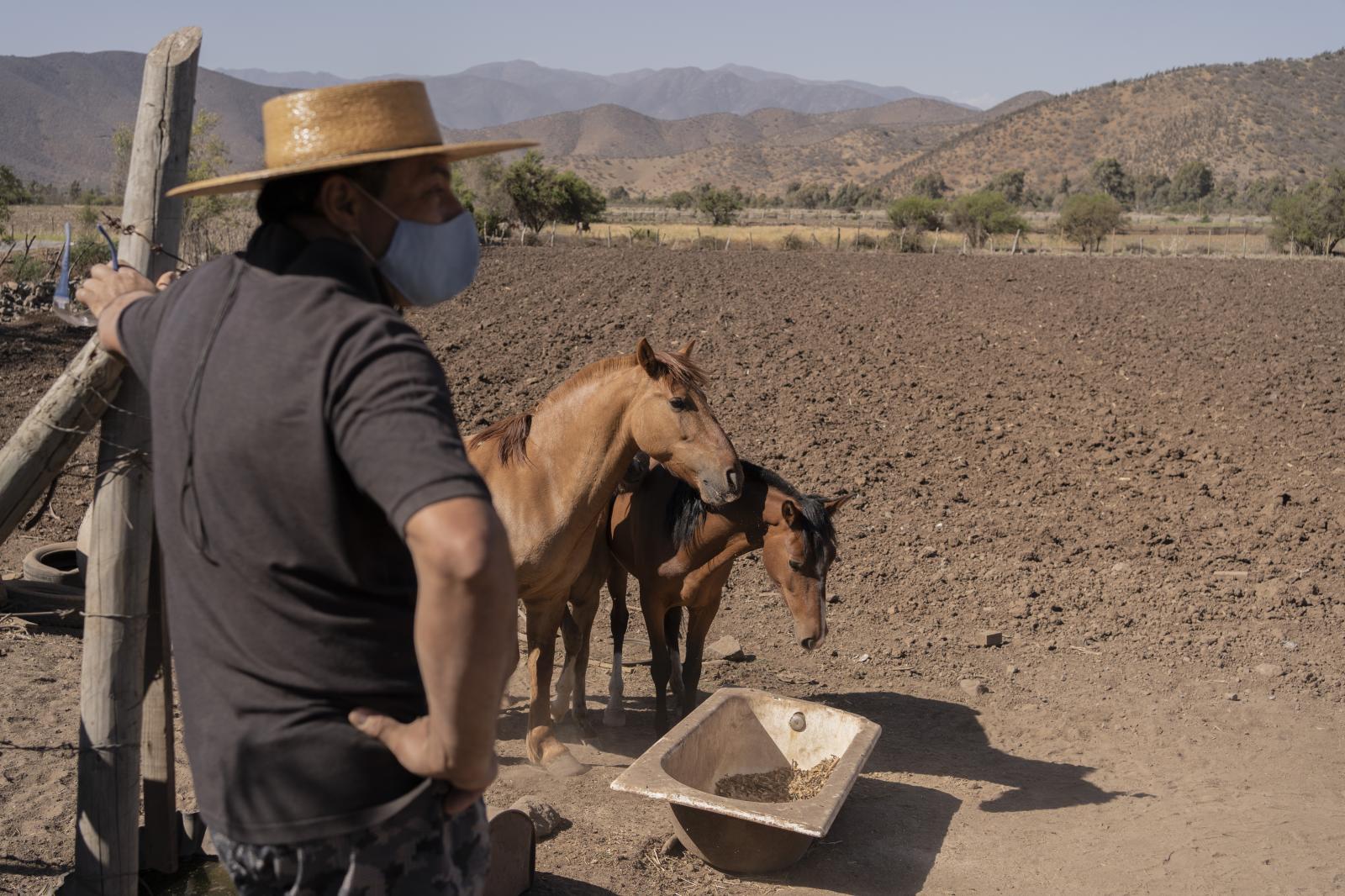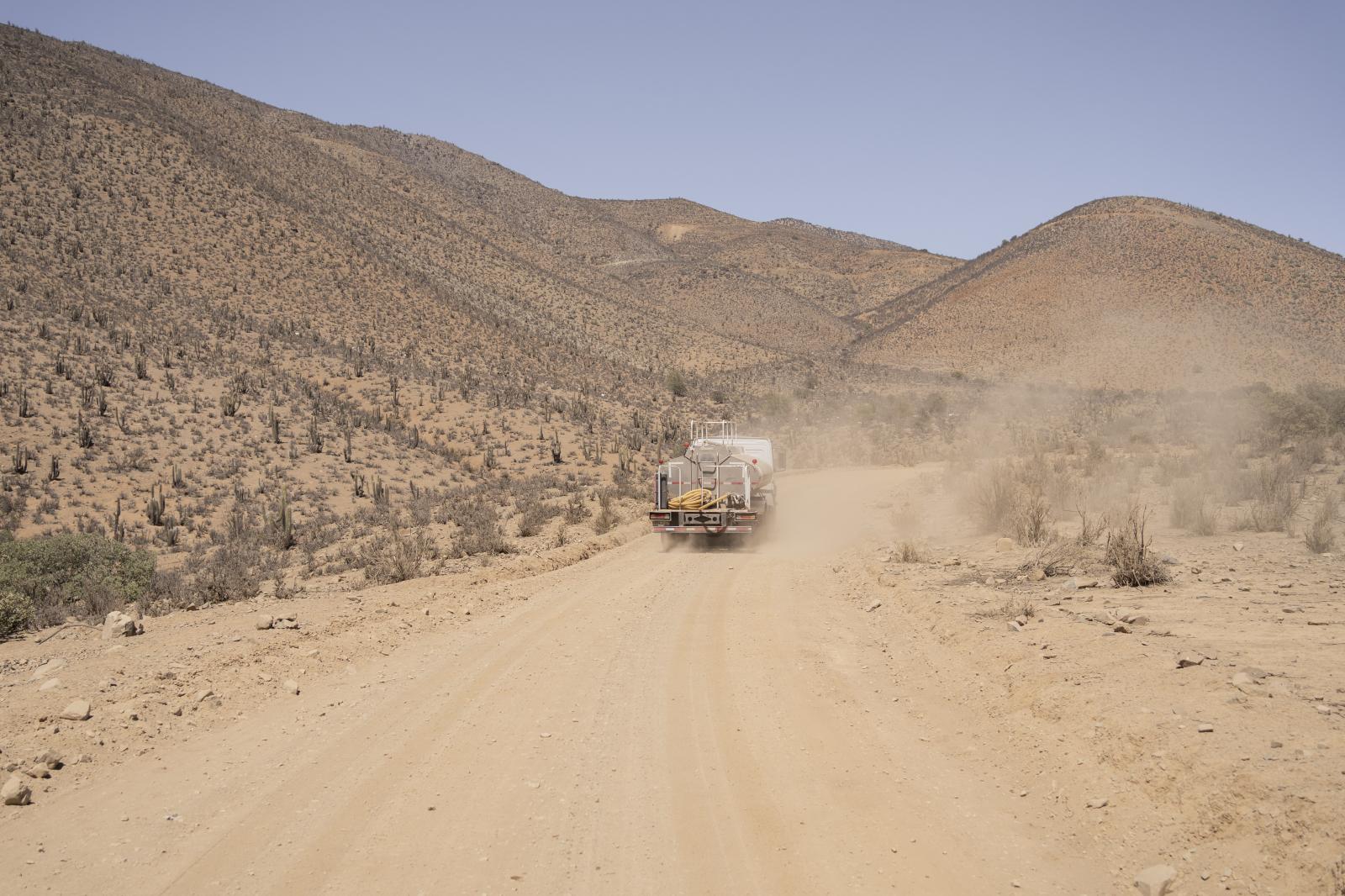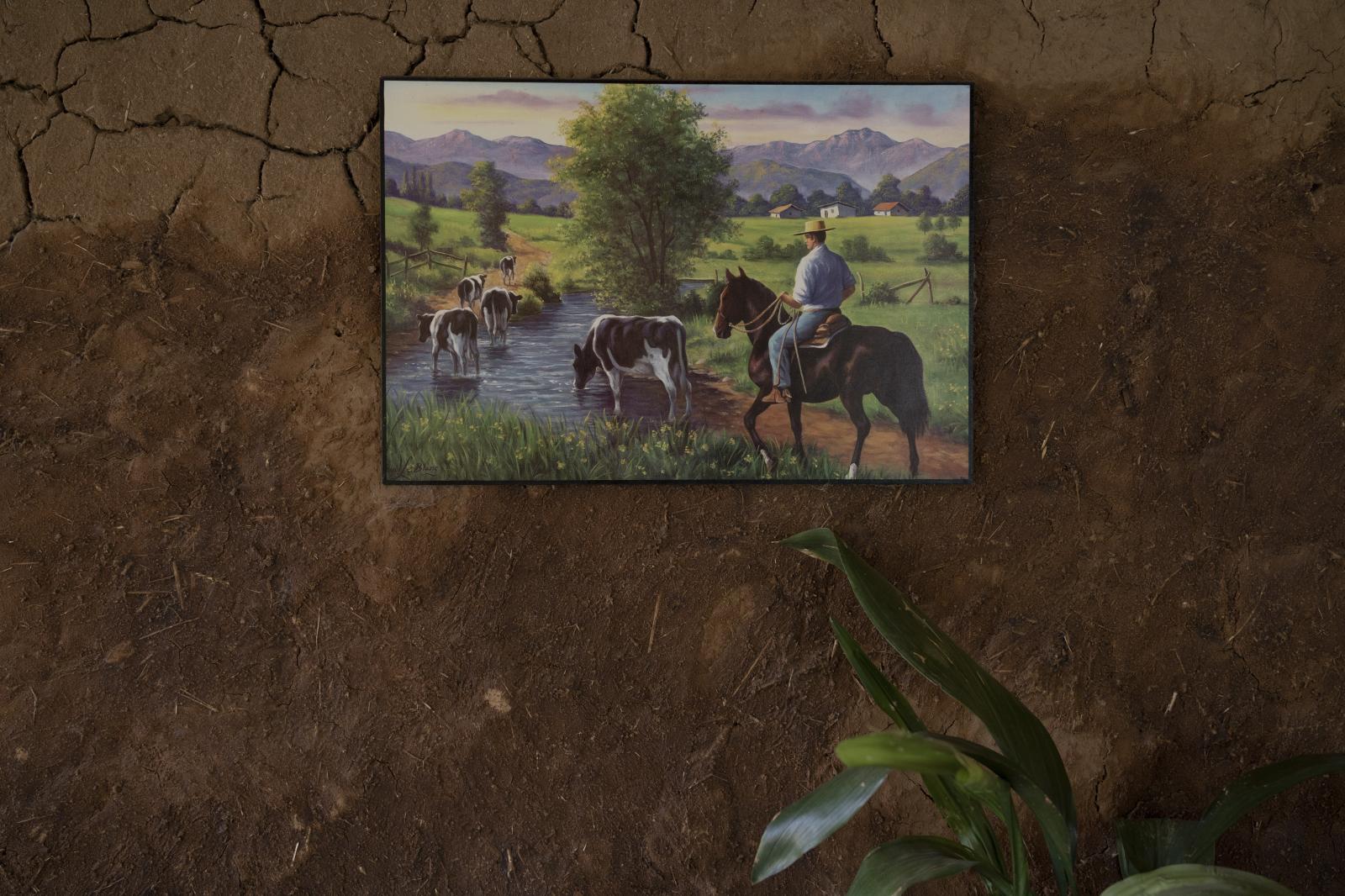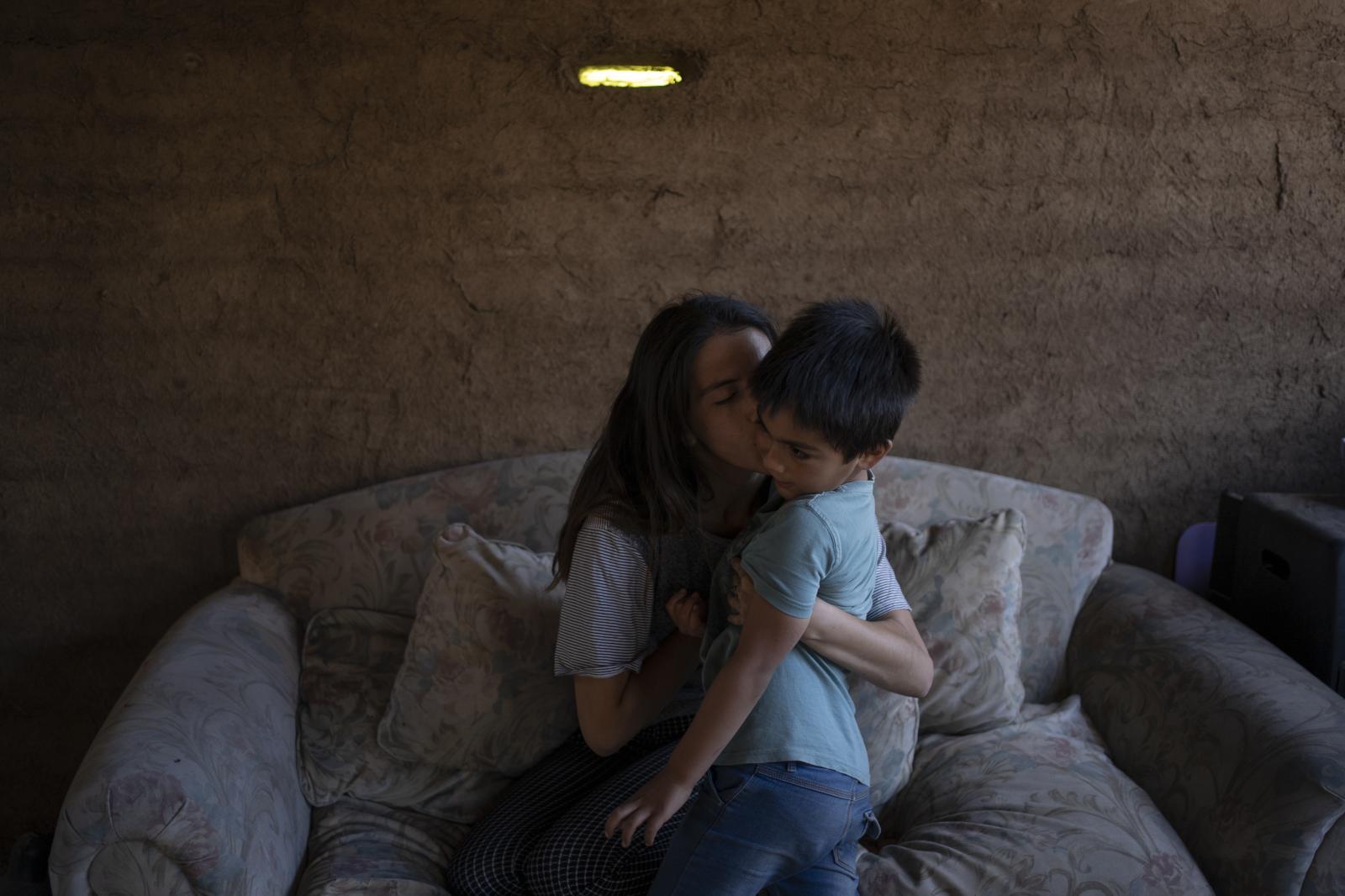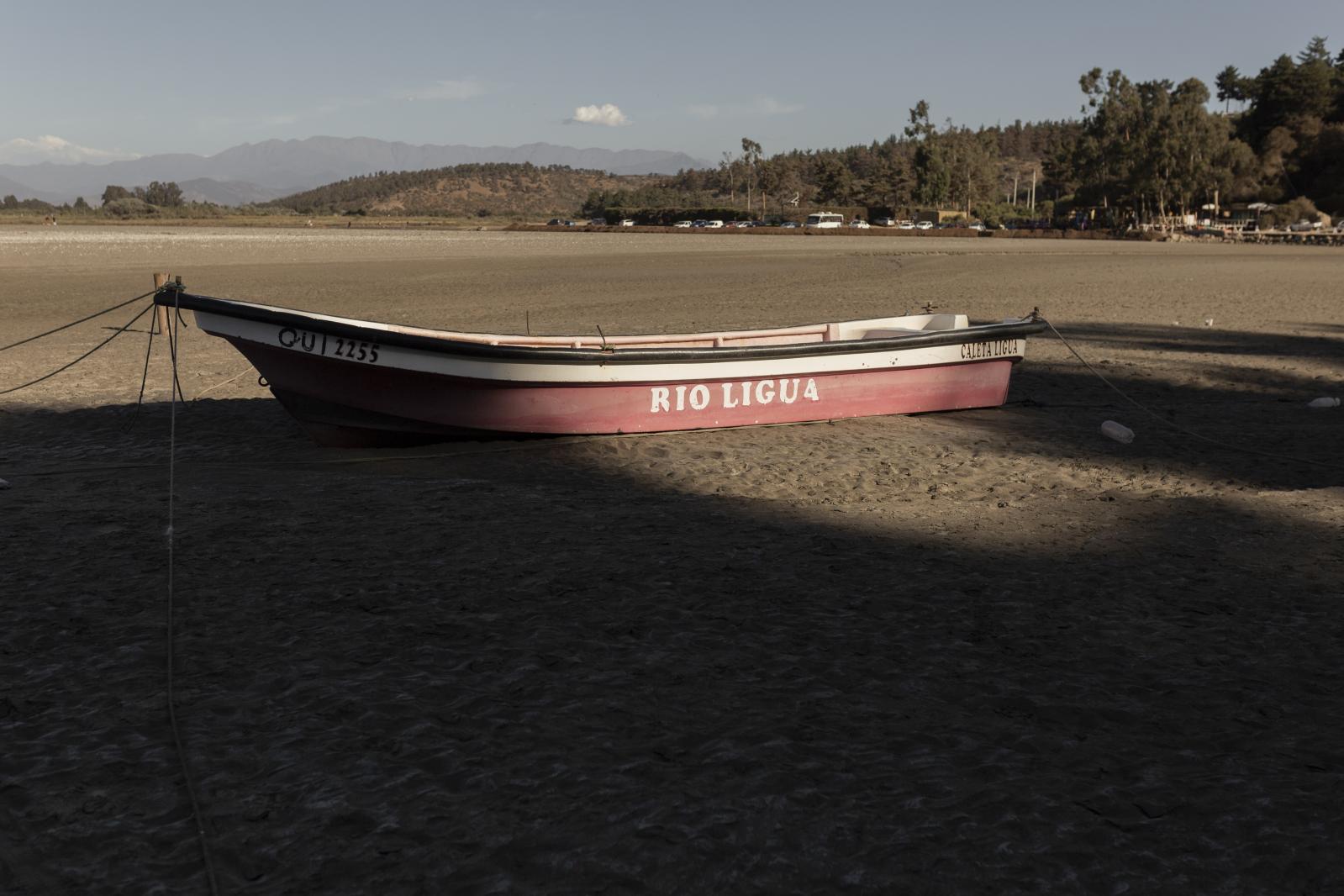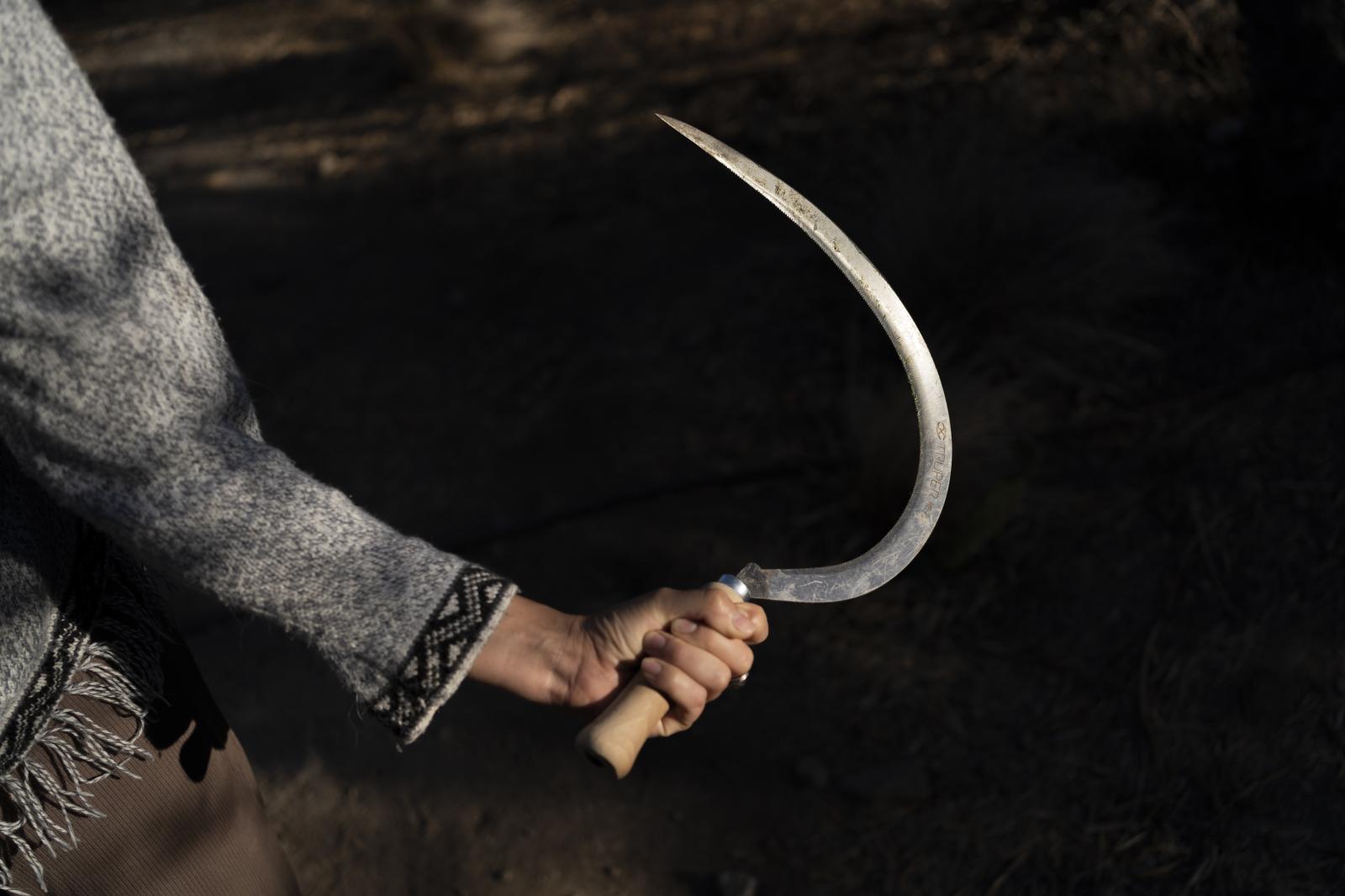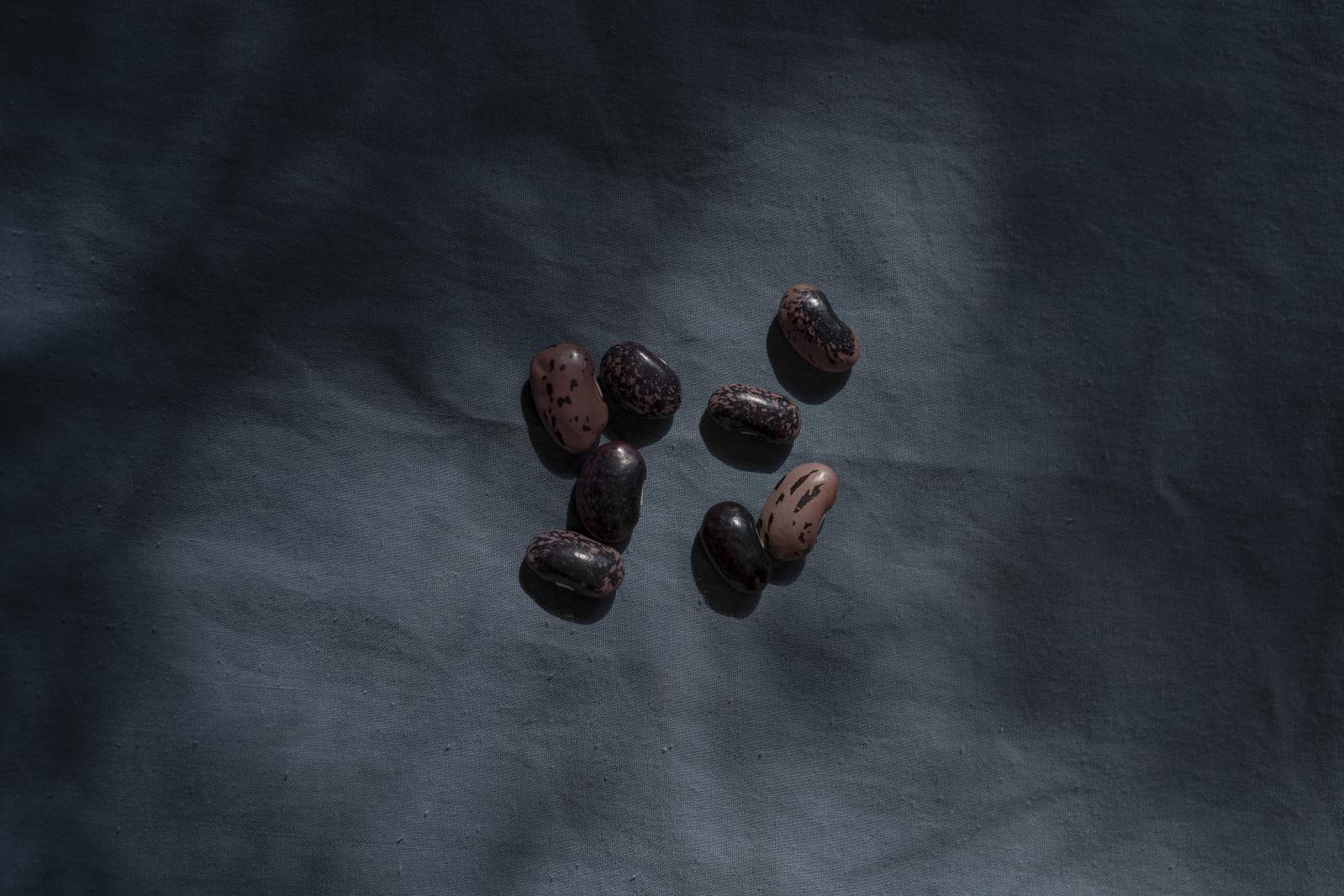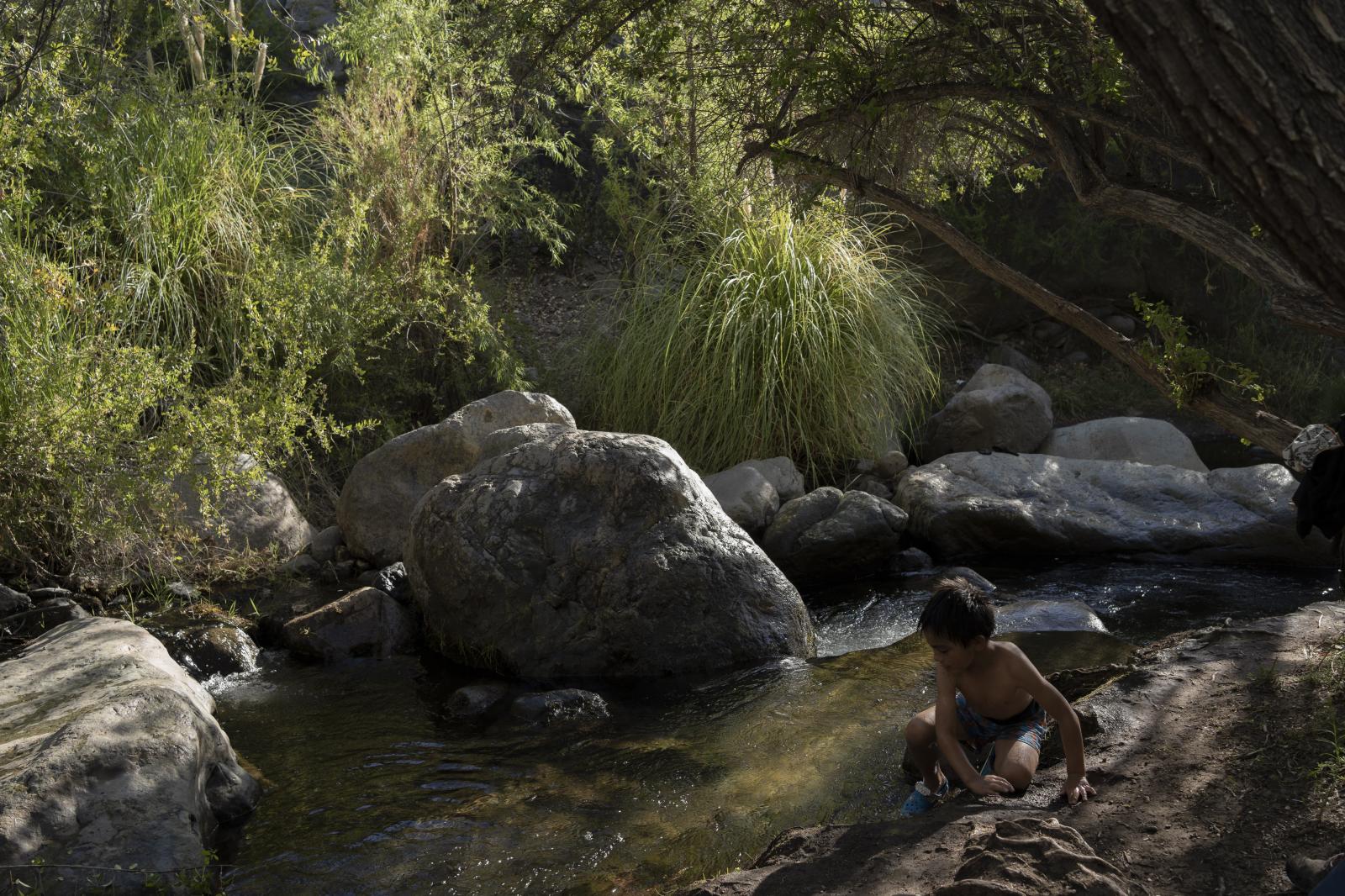Public Project
Where the devil died of thirst
Where the devil died of thirst (2020 - 2022)
Over the last decade, central Chile has experienced a massive drought. In addition to climate change, the current Chilean water management model, established during the Pinochet dictatorship and based on privatization geared toward productive activities, has contributed to the lack of water.
In Petorca Province, (Valparaíso Region) the avocado industry implemented in the 1990s under the neoliberal model exacerbated water shortages, causing the Ligua and Petorca rivers to run dry and changing the livelihoods of residents and small farmers. "Where the devil died of thirst" is a project carried out between 2020 and 2022 that documents the socio-environmental impact caused by drought and agro- export business in the province of Petorca and reflects on sustainable practices such as agroecology over monoculture model.
Part of this project was published in América Futura/EL PAÍS
In Petorca Province, (Valparaíso Region) the avocado industry implemented in the 1990s under the neoliberal model exacerbated water shortages, causing the Ligua and Petorca rivers to run dry and changing the livelihoods of residents and small farmers. "Where the devil died of thirst" is a project carried out between 2020 and 2022 that documents the socio-environmental impact caused by drought and agro- export business in the province of Petorca and reflects on sustainable practices such as agroecology over monoculture model.
Part of this project was published in América Futura/EL PAÍS
Donde el diablo murió de sed (2020 - 2022)
Durante la última década, la zona central de Chile, ha experimentado una situación de mega sequía. Además del cambio climático, a la falta de agua ha contribuido el actual modelo de gestión de aguas chileno, instaurado en la dictadura de Pinochet y basado en la privatización orientado a actividades productivas.
En la provincia de Petorca, Región de Valparaíso, la industria del aguacate implantada en los años 90 con el modelo neoliberal, agudizó la escasez hídrica, haciendo que los ríos Ligua y Petorca se quedaran sin agua y modificando los modos de vida de los habitantes y pequeños campesinos. “Donde el diablo murió de sed” es un proyecto realizado entre 2020 y 2022 que documenta el impacto socio ambiental provocado por la sequía y la industria agroexportadora en la provincia de Petorca y reflexiona sobre prácticas sustentables como la agroecología frente al modelo de monocultivos.
En la provincia de Petorca, Región de Valparaíso, la industria del aguacate implantada en los años 90 con el modelo neoliberal, agudizó la escasez hídrica, haciendo que los ríos Ligua y Petorca se quedaran sin agua y modificando los modos de vida de los habitantes y pequeños campesinos. “Donde el diablo murió de sed” es un proyecto realizado entre 2020 y 2022 que documenta el impacto socio ambiental provocado por la sequía y la industria agroexportadora en la provincia de Petorca y reflexiona sobre prácticas sustentables como la agroecología frente al modelo de monocultivos.
3,762

